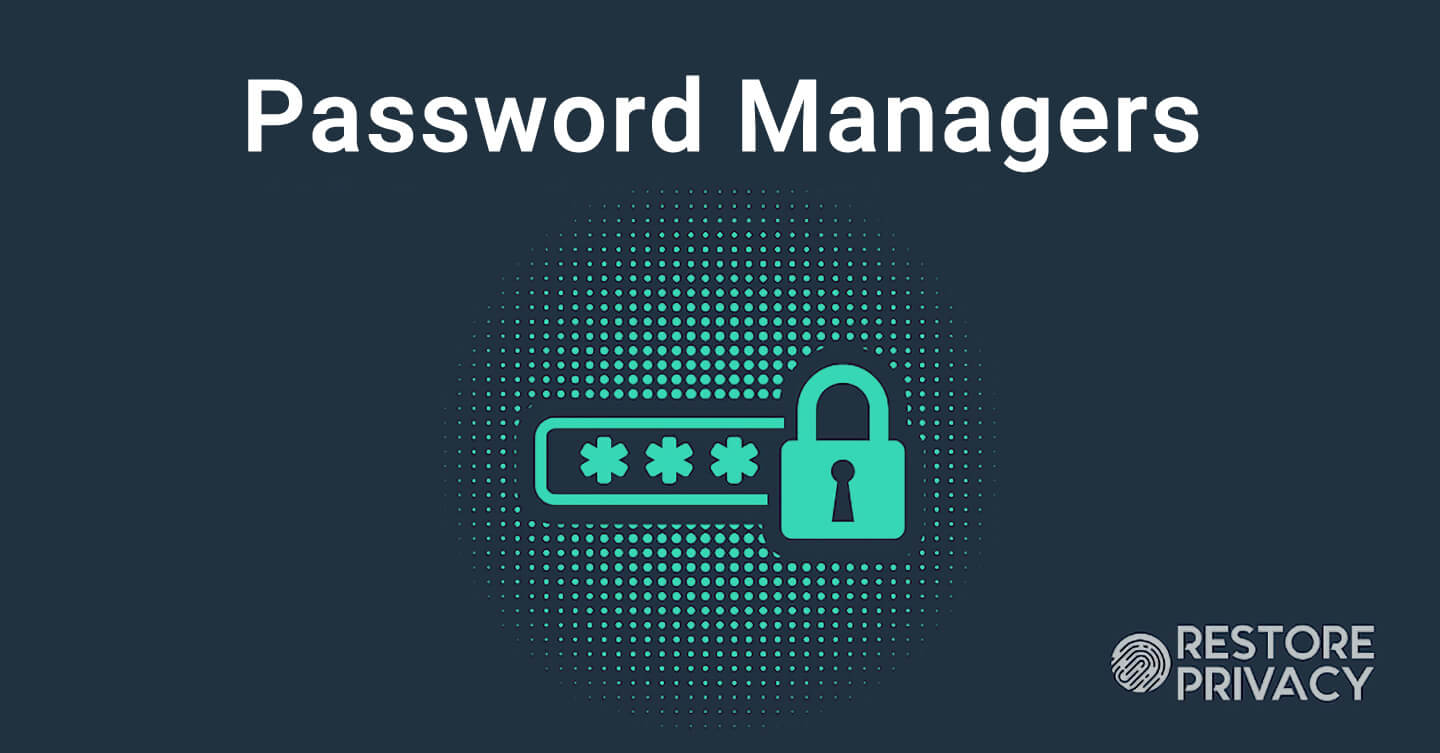Keeper Security. Keeper Security’s password manager has an app for macOS. If you're in the market for a password manager app, you've probably heard of 1Password. In this review, I cover the pros and cons, show you the apps and disc.
1Password Families. Digital Security & Password Managers. What’s the point of a. This Week @ 1Password -. This Week @ 1Password. 1Password Official Account. This Week @ 1Password -. This Week @ 1Password. Happy Wednesday, everyone! I hope everyone reading this is having a fantastic week so far. There’s a lot that’s happened since we last spoke, so let’s take.
Set up the command-line tool
To install the 1Password command-line tool:
Download the tool for your platform and architecture. You can verify its authenticity:
Mac:Verify the digital signature of the .pkg installer.
Windows/Linux: Use GnuPG and the .sig file included in the download:
Move
opto/usr/local/bin, or another directory in your $PATH.To verify the installation, check the version number:
Get started with the command-line tool


The first time you use the 1Password command-line tool, you’ll need to enter your sign-in address and email address:
Then enter your Secret Key and Master Password.
After you sign in the first time, you can sign in again using your account shorthand, which is your sign-in address subdomain. op signin will prompt you for your Master Password and output a command that can save your session token to an environment variable:
Hyphens (-) in a subdomain will be changed to an underscore (_).
To set the environment variable, run the export command manually, or use eval to set it automatically:
Now that you have a session token, you can start using the tool. For example, to show all the items in your account:
Session tokens expire after 30 minutes of inactivity, after which you’ll need to sign in again.
Learn more
You can use the tool to work with users, vaults, and items. For example, here’s how to upload a document to your Private vault:
To see a list of all the items in your Shared vault:
The output will show the UUIDs of the items. To get the details of an item:

You can use names or UUIDs in commands that take any user, vault, or item as an argument. Use UUIDs because they’ll never change, so you can be sure you’re always referring to the same object. It’s also faster and more efficient.
You can get details of just the fields you want. For one field, the tool returns a simple string:
For multiple fields, specify them in a comma-separated list. The tool returns a JSON object:
Parse and manipulate JSON output with jq
Every op command outputs in one of two formats: a simple string, like a UUID, or JSON. To parse and manipulate JSON output, we recommend the command-line tool jq.
To use jq to parse a Login item called “WestJet” and retrieve the password:
To use jq to manipulate a Login item template, set the first field value to “my secret”, and save the item in your Private vault:
Get help
To check for updates to the 1Password command-line tool:
If a newer version is available, the tool can download it for you.
You can see a list of all commands with op --help, or learn about a specific command with op <command> --help.
With a 1Password membership, 1Password saves previous versions of items every time you make changes, so you can undo your changes. When you empty the Trash, items in the Trash are archived, so you can restore them.
To get started, sign in to your account on 1Password.com.
Restore items
Revert to a previous version of an item

1password Review 2020
To revert to a previous version of an item:
- Open the vault that contains the item you want to revert to a previous version.
- Select the item, and click “View item history”. Items are sorted by date with the most recent version at the top.
- Click View next to one of the versions. You’ll see the contents of that version of the item.
- Click Restore.
Restore a deleted item
To restore a deleted item:
1password Reviews 2020
- Open the vault that contained the item and click Trash.
- Click View Archived Items.
- Click Restore next to the item.
Manage who can restore previous versions
If you’re a family organizer, you can choose who can restore previous versions of items in a vault:
- Click Vaults in the sidebar.
- Click the name of the vault.
- Clicknext to the name of the person whose permissions you want to modify.
1password Hacked 2020
Only family members with the Allow Editing permission can restore items in that vault.
Get help
1password Vs Dashlane 2020
Previous versions and archived items are saved for one year.
Permissions can be changed in every vault except the built-in Personal, Private, and Shared vaults.
If you’re having trouble restoring an item in a family account, ask your family organizer to check if you have permission to view item history for the vault that contains the item.
Learn more




